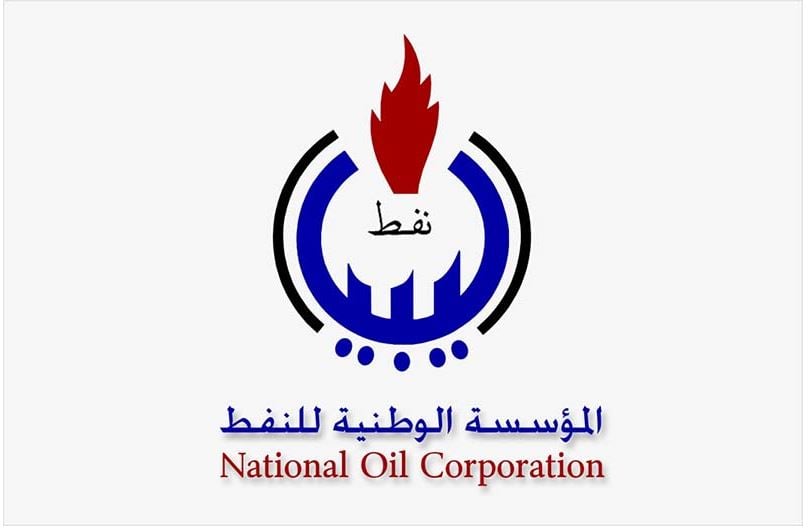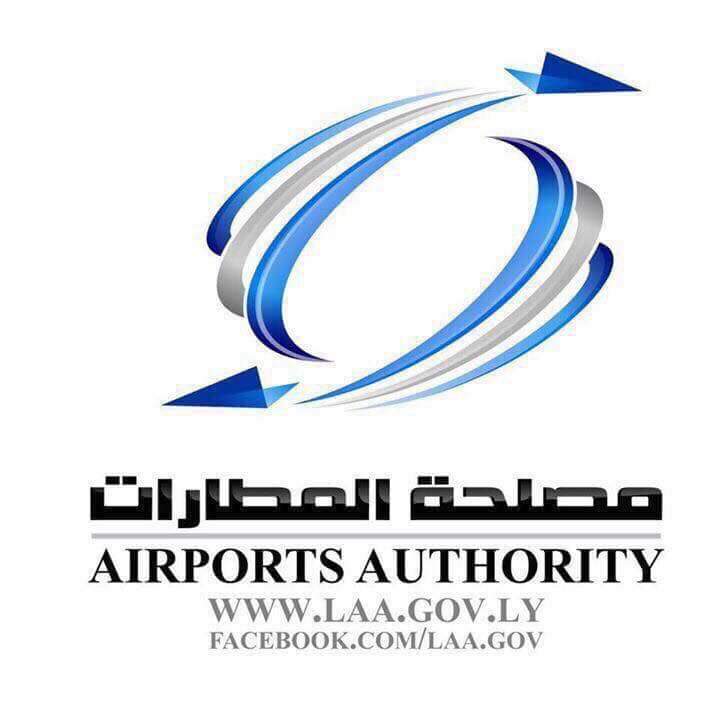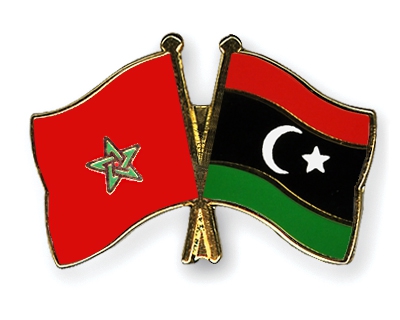Libya’s state National Oil Corporation (NOC) announced yesterday that it ‘‘is rapidly approaching its previous rates (of oil and gas production), reaching 1.217 million barrels per day’’.
It added that ‘‘The efforts of workers in various oil work sites culminated in an increase in oil and gas production rates, a few days after the lifting of the force majeure situation on oil fields and ports and the restoration of production’’.
Thus, crude oil and condensate production rates have increased over the past two days by nearly 85,000 barrels.
The NOC explained that production readings on Thursday (10 October) recorded 1,217,148 barrels, after recording 1,158,862 barrels on Wednesday (9 October), and the day before (8 October) were 1,133,133 barrels.
It added that ‘‘The pace of work continues to increase until the required levels of production are reached’’.
Background
It will be recalled that Libya’s oil production crashed from about a million and a quarter to the hundreds of thousands in August and September after the eastern based Hafter regime stopped production in the oilfields under its territorial control.
This political closure of oilfields forced the NOC to declare a state of force majeure on different fields on 7 August and 2 September.
The political closure of oilfields by the Hafter regime was precipitated by the Tripoli based Presidency Council unilaterally removing the Central Bank of Libya (CBL) Governor, Saddek El-Kaber, and replacing him with an interim Governor.
The unilateral move did not have the agreement of the two legislative bodies, the House of Representatives (HoR) and the High State Council (HSC) and it is questionable whether the Presidency Council had the authority in the first place to change the CBL Governor. The move resulted in a serious political crisis which could have led to a major economic crisis.
However, against expectations, the perennial antagonists, the HoR and HSC, agreed on a new consensual permanent Governor (Naji Issa). This enabled the Hafter regime to end its political oilfield closures.
In turn, this allowed the NOC to announce the lifting of force majeure on all its oilfields on Thursday 3 October – which resulted in Thursday’s (10 October) NOC announcement of increased production rates – near to the pre CBL crisis rates.











